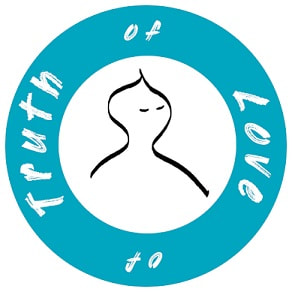|
Establishing mindfulness of the body very calmly and fully has wide-ranging, transformative effects on the mind. Below is a set of tables in which these effects are listed. The state and dynamics of the different aspects of the mind are described with the body relatively absent (in the normal case of the untrained mind) opposite the case where the body is fully present in the mind (when mindfulness of the body is very clearly established). Each row in the tables is a progression from the previous one representing mindfulness practise (the domain in the left column) or its fruit (the right column) going deeper and deeper.
Comments are closed.
|
Categories
All
|
Open The Sky - Reflective and creative work by Ajahn Kalyano

